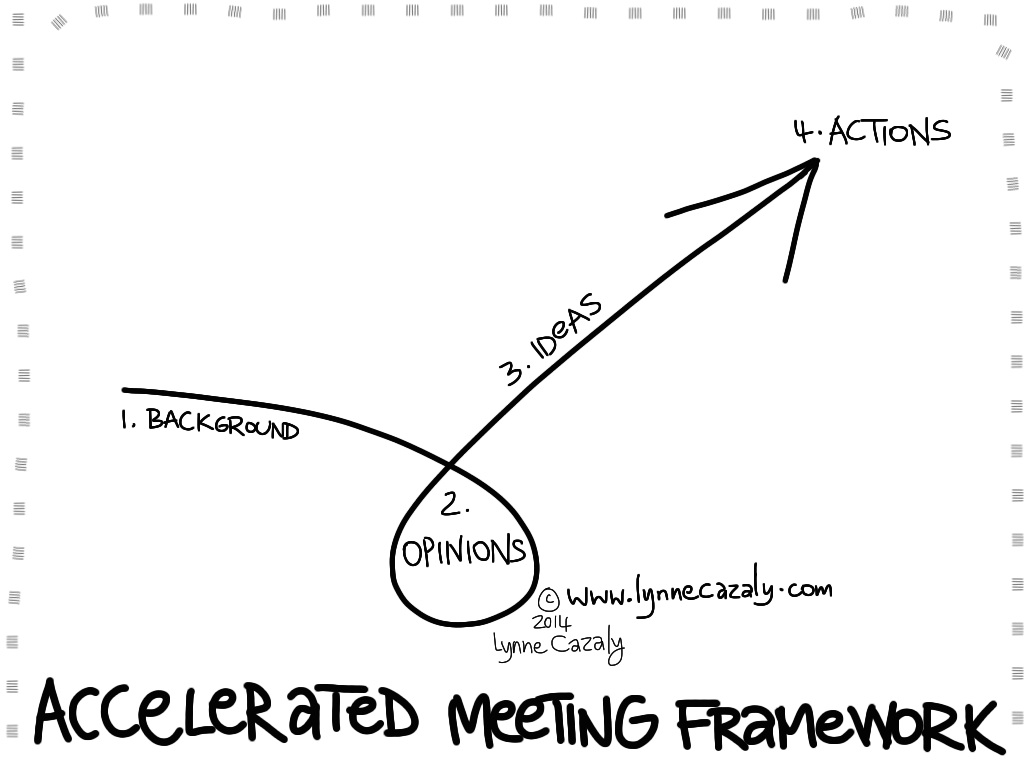Leading change is a three-step thing
 Wednesday, December 17, 2014 at 3:56PM
Wednesday, December 17, 2014 at 3:56PM  At a retailer's staff forum on innovation recently, the team was encouraged to
At a retailer's staff forum on innovation recently, the team was encouraged to
- envisage
- think big and
- imagine
These are all such visual, thinking and 'possibility' words. It was all about what they could 'see'.
To survive and thrive in the challenging retail environment, this team had to change how they were working, how they were responding and how they were evolving the business.
That's a lot of change.
Add to that the usual change processes of new technology, systems, and other ways of working that go on across the business.
For this team, change had to be a three-step thing. But it wasn't the boring three-step of:
1 .analyse
2. think
3. change.
Dan and Chip Heath in their book on change 'Switch' report on research from Kotter and Cohen where this approach is mighty popular, yet super ineffective at creating, driving and embedding change.
Folks... the dance steps have to 'change'.
The three-step thing that will work is:
1. see
2. feel
3. change.
Am I getting all emotional on you here? Well, analytical stuff works best when things are known and the future is clear.
But in the VUCA (volatile, uncertain, complex and ambiguous) environment we all operate in, often the future is... out of focus, blurry.
See, Feel, Change is about seeing evidence that gives you a feeling and from there you can change. You can help guide people through their responses to that feeling about what they've seen. Show people what's going on. Let them see how things could be. How do they feel about that? That's when change will come. That's when people get on board, buy in, sign up and advocate for the change.
Otherwise you're just dancing in the dark!




















